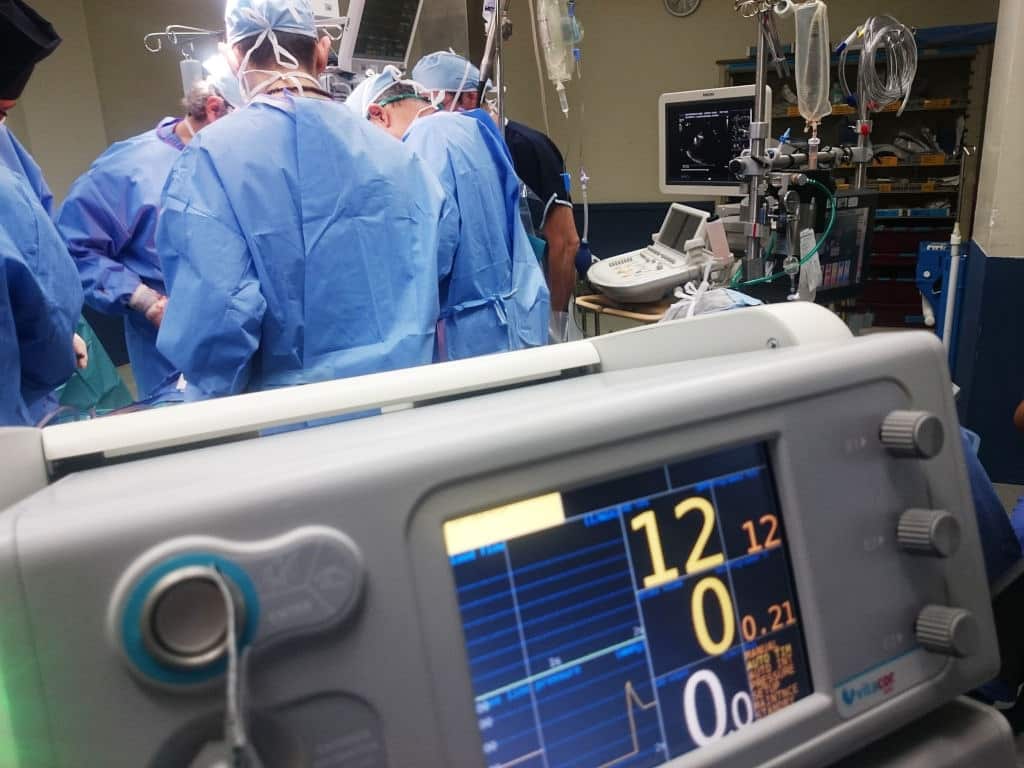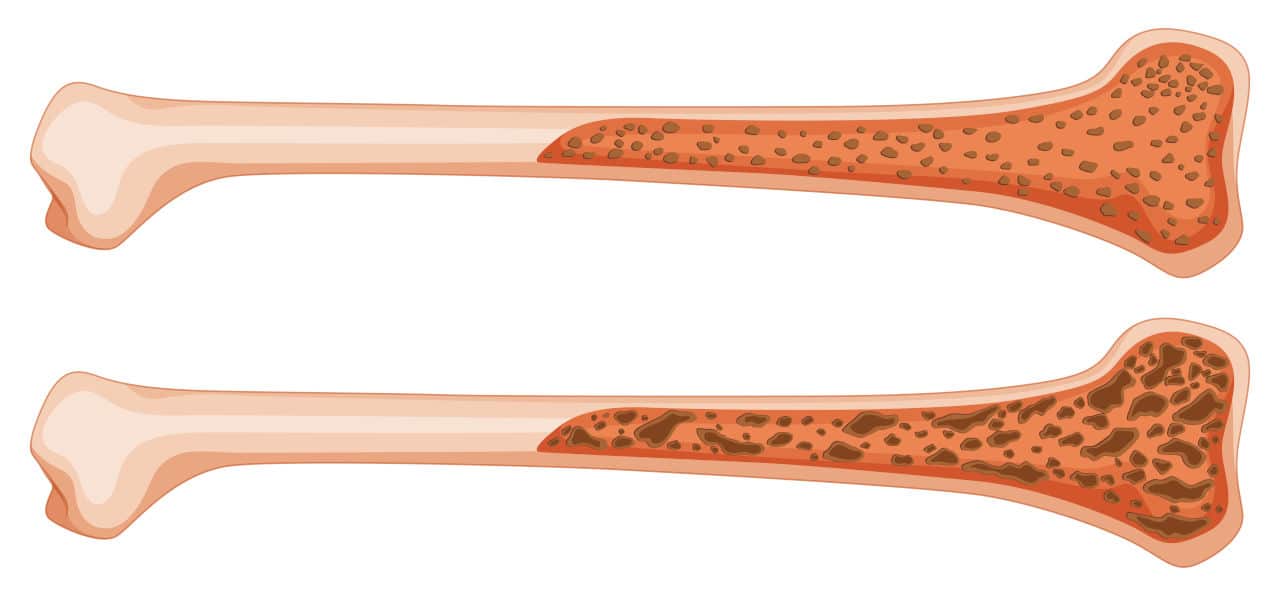Among many hospital diagnoses, one usually stands out as if there has been a death sentence—cancer. The sickness in itself is dangerous and expensive to manage. Unluckily, the recovery period is tainted by fear, bodily changes, and hair loss, mixed with hopes and even more trepidation. This has made the pronouncement of this diagnosis the worst nightmare of many people. One of the worst cancers a person can be diagnosed with is bone cancer.
What is Bone Cancer?
Bone cancer occurs when abnormal cells in the bone proliferate uncontrollably, killing normal bone tissue. It could begin in the bone or migrate there from other bodily areas.
The main issue with this kind of cancer is that it is highly aggressive and can travel faster than most cancer cells. The only good news after this diagnosis is the realization that the doctor in charge of treatment was able to catch it early and proceed with treatment.
The delay, or mistreatment, of bone cancer, cannot be overemphasized. One wrong move can make the patient cross from a safe gap to a critical stage immediately.
Therefore, the negligence of medical practitioners in these instances should be taken very seriously. Especially since this condition is relatively common in the US.
According to the American Cancer Society, in 2022 alone, about 3,910 new cases of cancer of the bones and joints were diagnosed. Hence, leaving approximately 2,100 patients in the wake of death.
With these soaring numbers, medical doctors need to make it a point of duty to treat bone cancer swiftly while adhering to medical best practices. They must also diagnose the sickness as fast as possible.
If a doctor commits medical malpractices when treating bone cancer, medical animation can be used in court to illustrate the negligence and derive compensation from the defendant.

Using Medical Animation to Depict Medical Malpractice in Bone Cancer Treatment
Misdiagnosis
A misdiagnosis of bone cancer is a situation in which a medical expert disregards his responsibility and overlooks, fails to detect or identify bone cancer.
If a patient arrives at the hospital and is treated by his general practitioner or a specialist who neglects to use all the instruments and tests at their disposal to diagnose bone cancer, then, it is a case of misdiagnosis that is wholly intolerable.
Bone cancer is a particularly aggressive type of cancer. As a result, failure to properly diagnose and treat this ailment can be fatal for the patient and serve as the basis for a legal claim for medical malpractice.
A doctor may be held accountable for medical malpractice. This is when a patient suffered harm due to their failure to acquire an accurate history or order appropriate diagnostic tests. It could also be that they failed to refer the patient to a specialist. Such doctors may also fail to correctly interpret the results of a diagnostic test.
Treatments for severe bone cancer are frequently very costly and emotionally draining. In addition, diagnostic mistakes may lead to severe impairment or even death.
A case in point is that of Gramlich v. Travelers Ins. Co. Here, the subject had a malignant bone tumor in the area of a left femur fracture he had acquired at work. The defendants failed to diagnose and treat the condition at an early stage. Thus, leading to the amputation of his lower extremity, eventually, death.
In a case like this, it is possible to use medical animation. One can prove to the court that an earlier diagnosis and treatment would have prevented the sad occurrence.

Wrongful Treatment of Bone Cancer
Sometimes, the problem may not be a delayed or wrongful diagnosis. Instead, the problem may be associated with the treatment of bone cancer.
A case that accurately depicts this scenario is Natanson v. Kline. In this case, the appellant was diagnosed with bone cancer. Hence, she received treatment in the form of radiation therapy with radioactive cobalt.
Unfortunately, during the treatment, the radiologist administered an excessive amount of radioactive cobalt. This caused the entire chest, skin, cartilage, and bone in the breast areas to be destroyed.
Just as the appropriate amount of radiation was argued in this case, medical animation can help showcase how radiation therapy works. It can showcase how the proper amount will destroy both cancerous and normal tissues. Still, while normal tissues can regenerate, the radiation will kill cancer cells.
After illustrating the standard treatment, the effect on an average person when there is an overdose can be illustrated. Hence, showing the maximum and minimum damage expected in such situations.
Inadequate postoperative care
One of the most critical treatment stages of bone cancer is postoperative care. The patient still has to visit the hospital for regular checkups. This is to ensure that the cancer cells have been destroyed and all bodily functions are returning to normal.
If proper checkups are not carried out during the postoperative visits, any complications that may have arisen will not be caught in time.
In addition, if there has been negligent postoperative care, whether immediately after the surgery or some months later, there may be cause for a lawsuit.
A similar occurrence is seen in the case of Jelinek v. Casas. Here, the plaintiff went through corrective surgery in further treatment of cancer after chemotherapy and radiation. The hospital failed to renew her antibiotic prescriptions for a four-and-a-half-day period. Ultimately, this led to her death.
In a case like this, a medical animation can be presented to showcase how the correct prescription would have saved the patient’s life and improved the condition. This can stand opposed to the possible argument of the defendant, which may be that the presence or absence of the treatment had no contribution to the patient’s harm.

Conclusion
Bone cancers are malignant tumors existing in the bone and can be particularly harmful if wrongly diagnosed or treated. If there has been medical malpractice as it relates to bone cancer, medical animation can help prove fault in the doctor in court.
It is essential to get the services of a medical animation company to get a demonstrative exhibit that accurately represents the facts of the bone cancer malpractice case and gives a more straightforward outlook to an otherwise technical medical phenomenon.
Fox-AE is a medical animation company renowned for medical trial graphics with groundbreaking results. With our team of experts, there is help in every area of a medical case and precise representation of the harm sustained in court.






